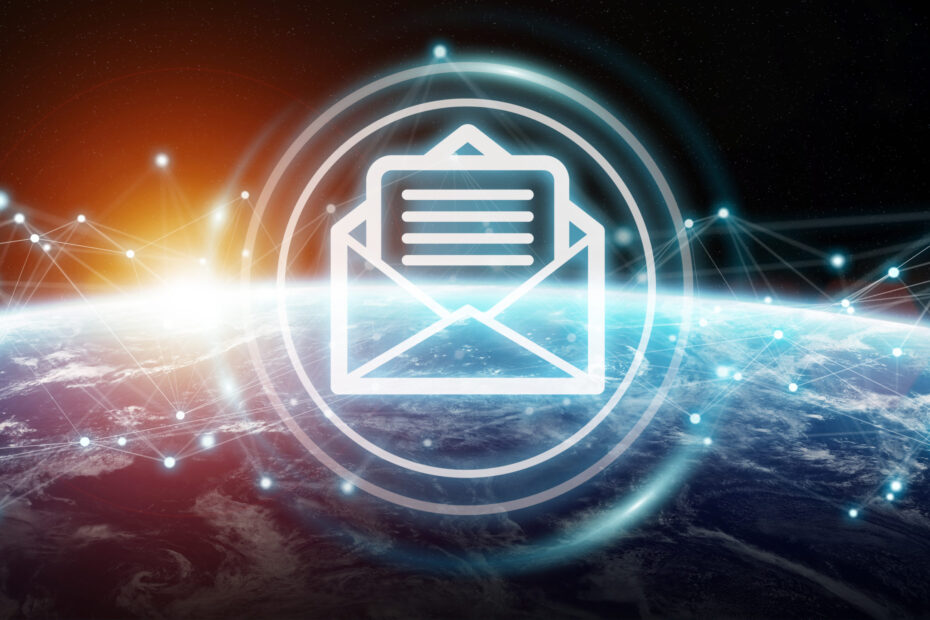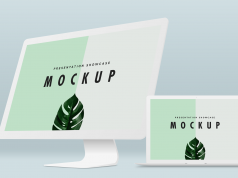Beyond any doubt, emails constitute a reliable means for companies to deliver business communication to their target audience. But for it to happen in the true sense of the term, recipients must open and go through the information in business emails. Spammers can prevent it from happening by flagging suspicious emails as “spam emails”.
Besides, recipients can also mark an email as spam. Once marked spam, an email goes to the spam folder associated with a recipient’s email account. As a result, they do not get to know or read an email immediately upon receiving it. The only way they can read it is by navigating to the spam folder.
According to Statista, the number of spamming instances may have come down from 88.5% to 28.5% between 2017 and 2019. But it still exists, so companies need to find ways to bypass spam folders to successfully deliver marketing and business-related information to their customers.
And, email authentication offered by Ongage and other sources is the byword for it. Read on to know what email authentication is all about and why it matters. Also, get an insight into different forms of authentication standards.
What Is Email Authentication?
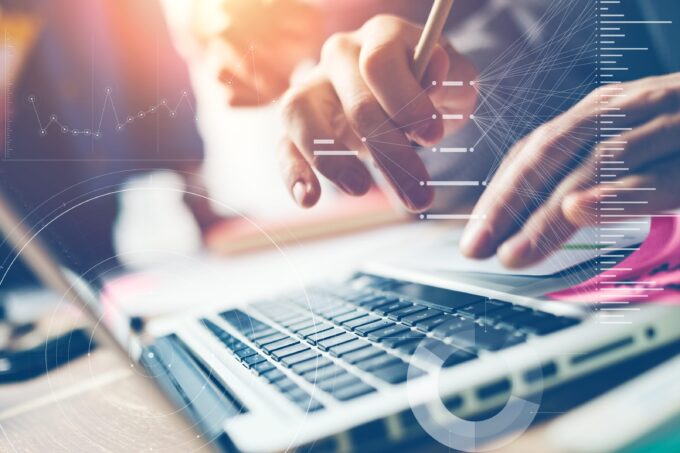
Technically, email authentication is the procedure to determine the source from which an email emerges before it reaches the email folder of a recipient. It enables internet service providers (ISPs) to better route an email.
According to the global data security risk report published by Varonis, only 5 out of 100 companies operate with secure or protected email folders. This explains why phishing scams and spoofing are on an all-time high these days.
The best way to secure the email folders is to identify the source of origination of an email before it enters into those folders. Equally important is to validate the data about it that appears on the surface. This is precisely where email authentication can make a difference. It plays a vital role in legitimizing the delivery of emails through technical solutions.
It helps a brand ensure that legitimate emails go to the inboxes of customers. In other words, it is also the way for businesses to make sure that no other entity sends emails on their names. Besides, there are also other reasons for which you should care about authenticating your emails.
Why Should You Care About Authentication?

Unlike how simple email authentication appears on the surface, it can be tricky to understand in practical terms. To gain a detailed insight into its significance, you need to get to the bottom of its role in email deliverability.
Lends Credence To A Brand
Mailbox service providers like Outlook and Gmail are very critical about spam emails. These providers adopt the best practices to prevent spam emails from entering into the inboxes of users.
Email authentication lends credence to the domain or the source from which an email originates. Thus, the spammers get the impression that the email list is less likely to involve bad email practices like concealment of the actual source.
Enhances Deliverability And Reputation
When an email comes from a trustworthy source, users are likely to open it and click the links in it. This way, mailboxes also get an impression that the emails coming from a specific source are safe for users. From a business standpoint, it promotes three aspects: reputation, deliverability, and customer engagement.
Secures The Reputation Of A Brand
Almost 8 out of 10 customers are worried to open an email under the impression that it could be a phishing email. Nothing assures a user as much as concerning the fact that an incoming email neither involves spam nor consists of any harmful software programs that can compromise the security of their data.
Email Authentication Standards You Need To Know About
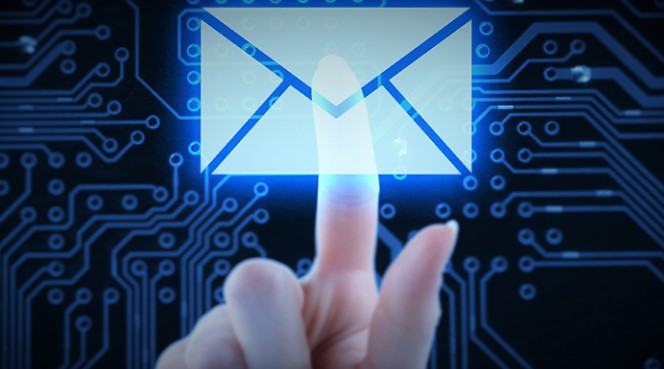
Email authentication is an umbrella term for a wide range of authentication standards. The latter helps in solving distinct security and technical issues associated with enhanced email deliverability to the folders of recipients. Together, these authentication standards ensure three elements linked to an email: its security, trust factor, and legitimacy.
The common authentication standards include the following:
SPF
An acronym for Sender Policy Framework, it authenticates if an incoming email is delivered from a server or internet provider (IP) is permitted by the owner of a domain for this purpose. It looks for this feature in the “Mail From” field. SPF has a limit of 10 DNS Lookups. In case you need more SPF records you will need SPF flattening to avoid errors.
DKIM
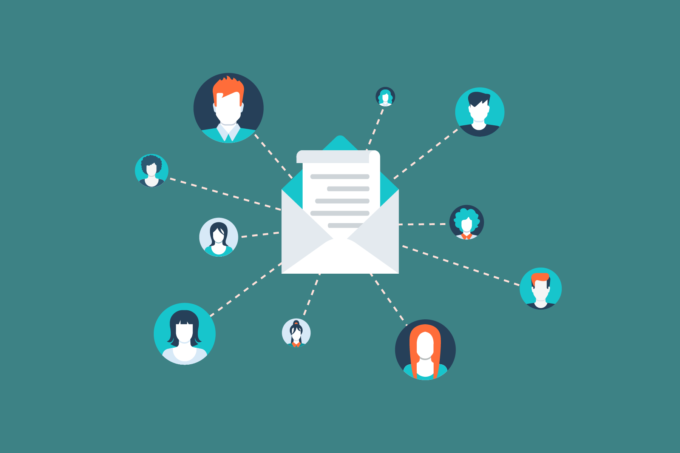
DKIM is the acronym for Domain Key Identified Mail. As the name suggests, it is a protocol that inserts a digital signature in every email. This way, it prevents the possibility of an email forgery or alteration when an email comes to a user’s folder.
DMARC
Domain-based Message Authentication is an optional security policy, it serves as the mark of authentication regarding the protection of an email by DKIM/SPF security protocols.
BIMI

Brand Indicators for Message Identification make senders showcase their brand-controlled logos in emails that are delivered to the inboxes of customers. It works in conjunction with a DMARC policy.
The implications of these security standards go deeper than their definition. Gaining a good understanding of these authentication standards will help you better route your marketing and business emails to your target audience. Ongage explains these security protocols associated with email authentication and their importance in detail.
Summing Up
To sum up, the concept of email authentication is centered on the convenience of both businesses and their customers. While it helps businesses bypass the possibility of a marketing or business email being marked as spam by a mailbox provider, it also protects the email folders of customers from phishing emails or spoofing.
For any business that thrives on marketing and email communication to its customers, ensuring the above standards to email authentication while sending an email is a must.

